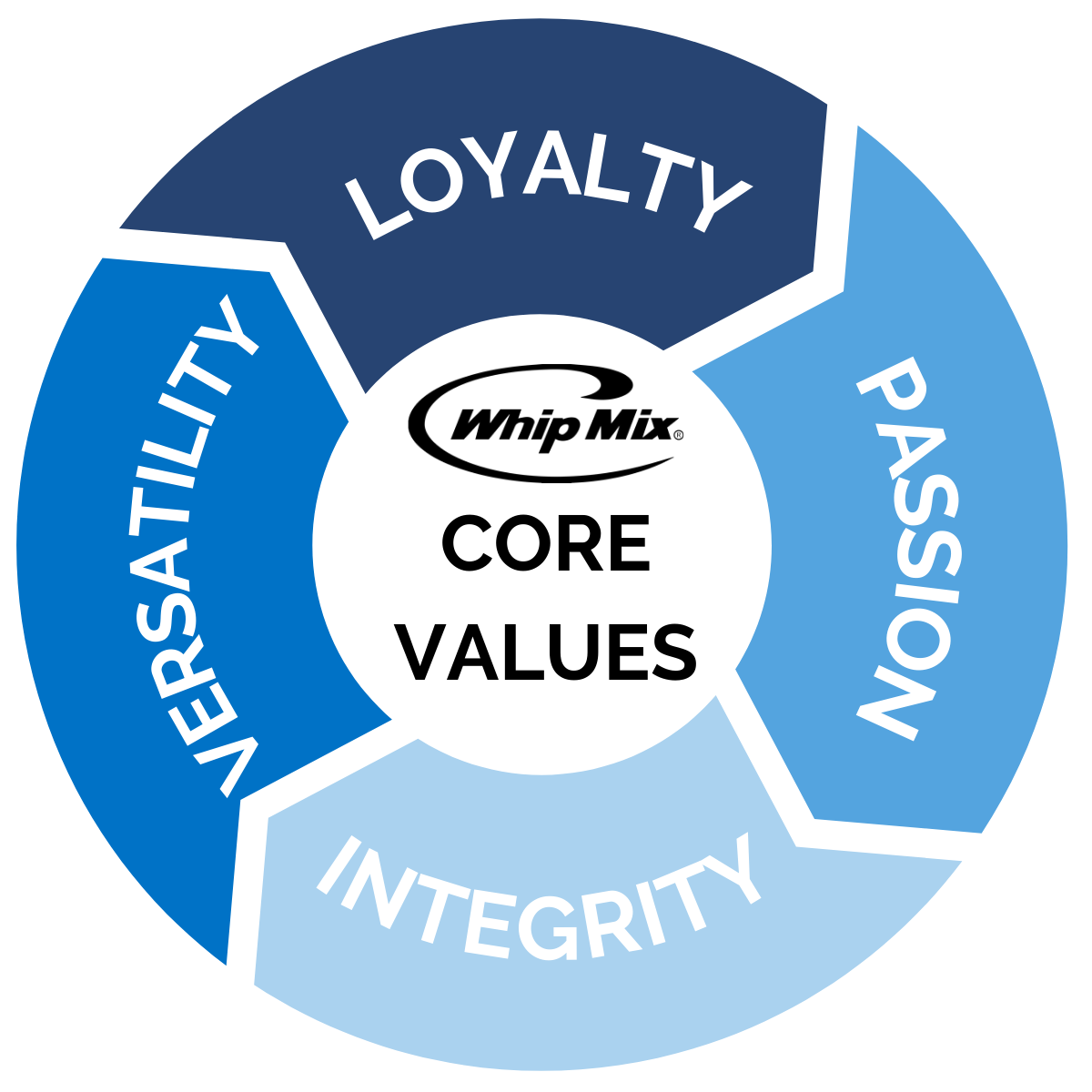Email marketing has become an important part of the overall marketing strategy for many dental offices and dental labs. It’s a great way to reach customers and prospects easily for relatively little cost. In fact, email marketing drives more conversions than any other marketing channel, including search and social (Monetate). However, what many struggle with is how to build a good email database.
On almost a weekly basis I receive an email, like the one below, from companies that claim they have “dentist” leads and/or emails, and can guarantee deliverability and accuracy.

If you're wanting to grow your email database or reach potential new customers, it seems like a good offer. But I can tell you, it’s not a good idea. In today’s already crowded inbox, the right to email a customer or potential customer should be earned, not bought through a purchased/rented list. The quality of your email list is one of the top factors in determining whether your email messages get delivered or land in the spam folder and that is the last thing you want. In 2003, the government passed the CAN-SPAM Act that sets the rules for commercial email; thus renting or purchasing an email list, while it doesn’t directly violate the CAN-SPAM Act, does put you at greater risk for violation.
So let’s dive a little deeper into the CAN-SPAM Act, how to be in compliance and building an opt-in email marketing strategy:
What is the CAN-SPAM Act
Controlling the Assault of Non-Solicited Pornography and Marketing Act of 2003 (CAN-SPAM) is a law that "sets the rules for commercial email, establishes requirements for commercial message and gives recipients the right to have you stop emailing them." It also lays out the penalties for any violations, which are steep, up to $16,000 per violation.
While this may seem a little intimidating, the requirements are pretty easy to follow. The main requirements for CAN-SPAM compliance are:
- Don’t use false or misleading header information
- Don’t use deceptive subject lines
- Tell the recipient where you are located
- Tell the recipients how they can opt-out or unsubscribe from future emails
- Honor opt-out requests in a timely manner
- Monitor what others are doing on your behalf
Commercial Content vs. Transactional Content
The CAN-SPAM Act specifically states that the rules apply to commercial content. According to the Federal Trade Commission (FTC), commercial content is defined as the primary purpose of the message "advertises or promotes a commercial product or service, including content on a website operated for a commercial purpose."
Transactional or relationship content is derfined as messaging "which facilitates an already agreed upon transaction or updates a customer about an ongoing transaction." Transactional or relationship content would include order confirmations, warranty, recall, safety or security information about a product or service or gives information about a change in terms, features and things of that nature.
If you are ever in doubt, the FTC has a great FAQ sheet with examples you can access here.
Building an Opt-In Email Strategy
When it comes to email marketing best practices, it’s always best to grow your list organically through an opt-in strategy. By adopting an opt-in email strategy several things occur:
- You build trust with your subscriber
- You are able to establish the relationship, telling them what they can expect by opting-in to your email list
- Subscribers actually want to receive your emails
- Delivery rates are higher
- Engagement rates increase
- Unsubscribes & Spam reports are lower, if not non-existent
There are several ways you can begin to build your opt-in email database. The best place is to start with your current customers. If you already have their email, add them to your database. If you don’t have that information, reach out to them and let them know about your email marketing program and ask if they would like to join. Creating a good foundation of original content through blogging and social media is another way to build your email list. Also, give visitors to your website the option of signing up for your emails and don’t forget to collect those business cards at tradeshows, CE programs and other networking events. While building an opt-in email strategy is no easy task, it’s definitely worth the time and effort.
Are you using email to reach customers and potential customers? What strategies are you using to build your email database?
Photo Credit: Pixabay Creative Commons CC0












Leave a comment